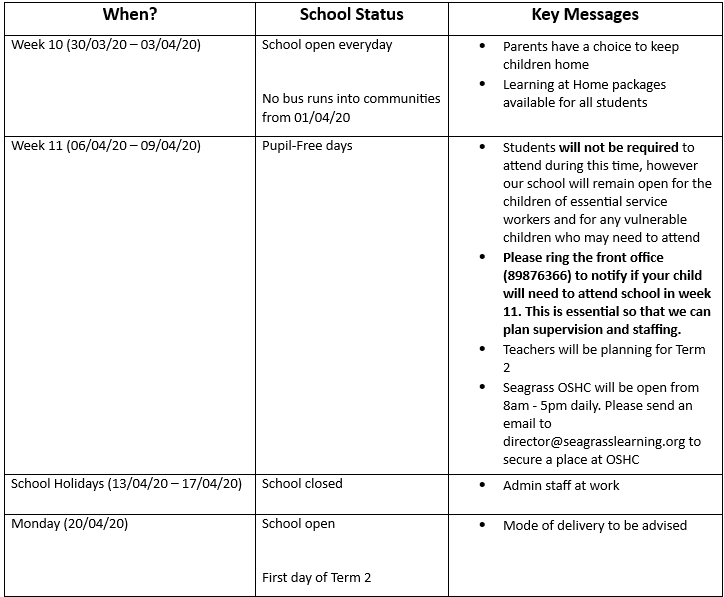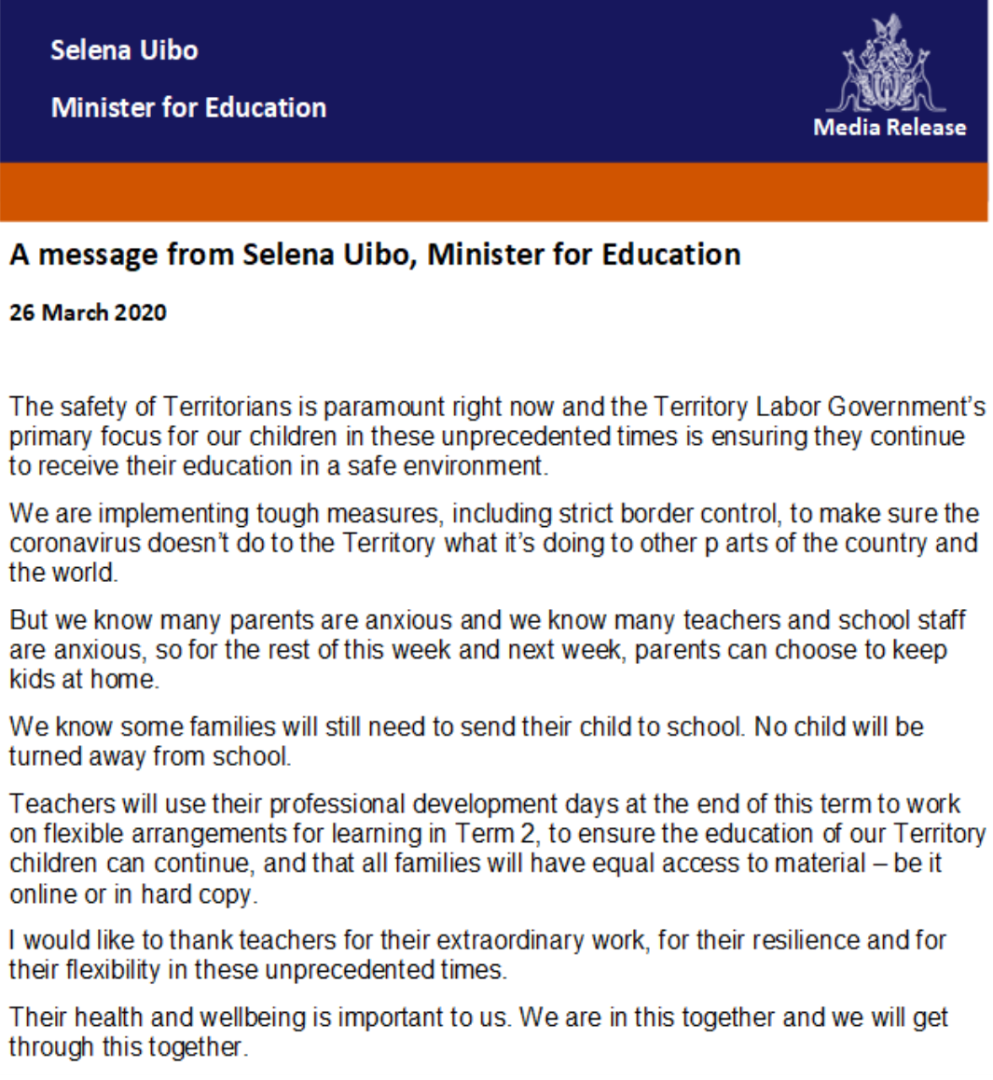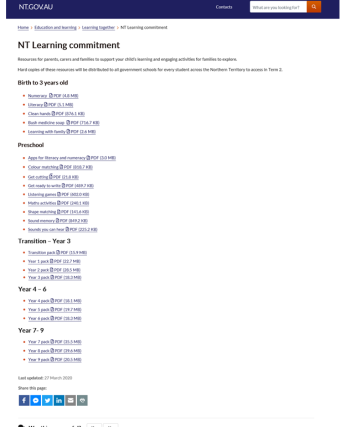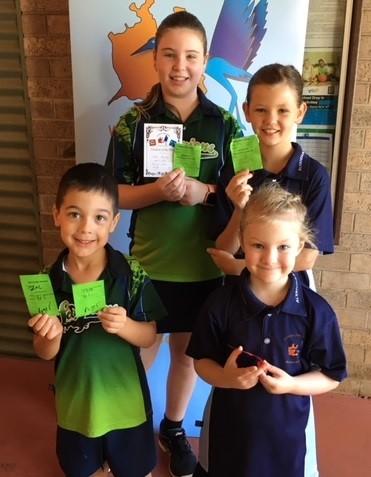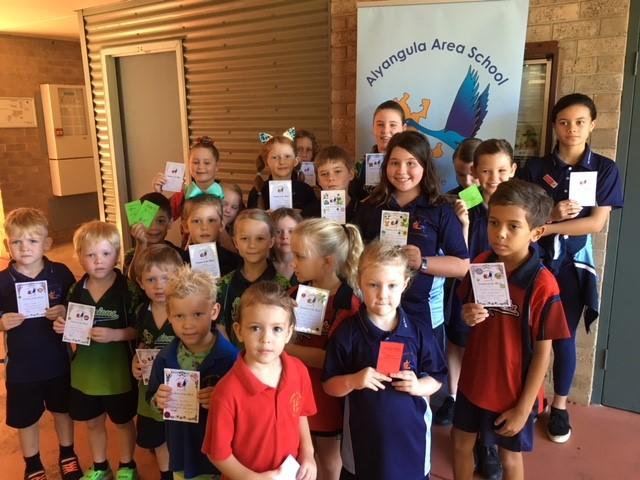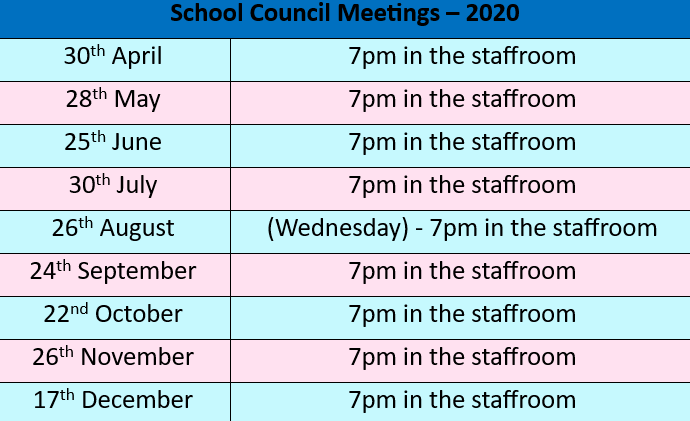‘Helping siblings resolve their fights’ by Michael Grose
With family members living in close proximity during the current COVID-19 pandemic, parents may find an increase in sibling squabbles. This is understandable as any relationship is tested to its limits by excess time and lack of space. Sibling squabbles usually arise over low level issues such as space (“He’s sitting in my seat”), possessions (“That’s my book”) and fairness (“It’s not fair. I was here first”). It’s enough to send most parents around the twist. While it seems that kids in families are programmed to fight with each other, the good news is that parents have the power to facilitate learning.
According to a recent study, sibling fights teach kids important conflict resolution skills. In fact, parents who stop their children from arguing may well be depriving them of important learning opportunities. Researcher Laurie Kramer from the University of Illinois in the US found that kids who learned how to argue with their siblings had more advanced emotional development.
Many parents also worry that their children who fight with each other will not get along as adults. The evidence doesn’t support this view. The test for strong families is more about the willingness for kids to pull together when the chips are down, rather than the frequency of the squabbling.
Healthy families know how to fight well. When parents take an active approach to helping their children resolve their fights, they are teaching them a valuable life skill as well as reducing the incidence of fighting over the long term. Here are some practical strategies to use:
Model good conflict resolution skills
Kids wear L plates when it comes to solving disputes. Some kids will yell, get abusive or even get physical when they are settling disputes. Show them better ways of sorting out problems by talking things through with your partner, compromising and apologising when you’ve said something upsetting to your partner or child.
Help kids manage their emotions
“Yep, it would have made me mad too if someone said that to me.”
Usually someone’s feelings get hurt when siblings argue so make sure you recognize their emotions without taking side. This focus on feelings helps kids develop literacy and promotes empathy in siblings as well.
Monitor sibling relationships
Keep your antenna up for the signs of discord within sibling relationships. Some disputes kids can sort out themselves, but you may need to be ready to intervene ad assist kids in the peace brokering, or at least to act as a safety net when one child continually appears on the wrong end of a power imbalance.
Mentor them to sort out disputes
Kids need the chance to sort their conflicts out themselves, but sometimes they need a little coaching. They often invite their parents to take sides, which is usually counter-productive. Rather than trying to sort out who started an argument, focus on possible solution, provide suggestions such as taking turns, giving way, bargaining, swapping or even walking away.
Encourage them to make up
Kids often get over disputes far quicker than adults. They can be squabbling one minute and cuddling up the next, so it gets tricky intervening sometimes. However there are times when you need to encourage a child to mend bridge’s with an aggrieved sibling. This can mean kids have to swallow their pride, admit that they may be wrong, make an apology or make some sort of restitution such as doing a special favour. This type of restoration means kids must take responsibility for their behaviors and is a sign of growing maturity.
Conflict and siblings tend to go together. While sibling squabbles can be annoying, they also offer parents great opportunities to help kids to handle conflict effectively, which is a great life skill.
Related Webinar
Your school has a membership with Parenting Ideas. As part of this membership, you can access the below webinar recording “siblings fight” at no cost.
To redeem:
1. Click this link: Webinar
2. Click ‘Add to cart’
3. Click ‘View cart’
4. Enter the voucher code ‘HARMONY’ and click apply. The $37 discount will be applied
5. Click ‘Proceed to checkout’
6. Fill in your account details including your schools name to verify.
7. Click ‘Place order’

